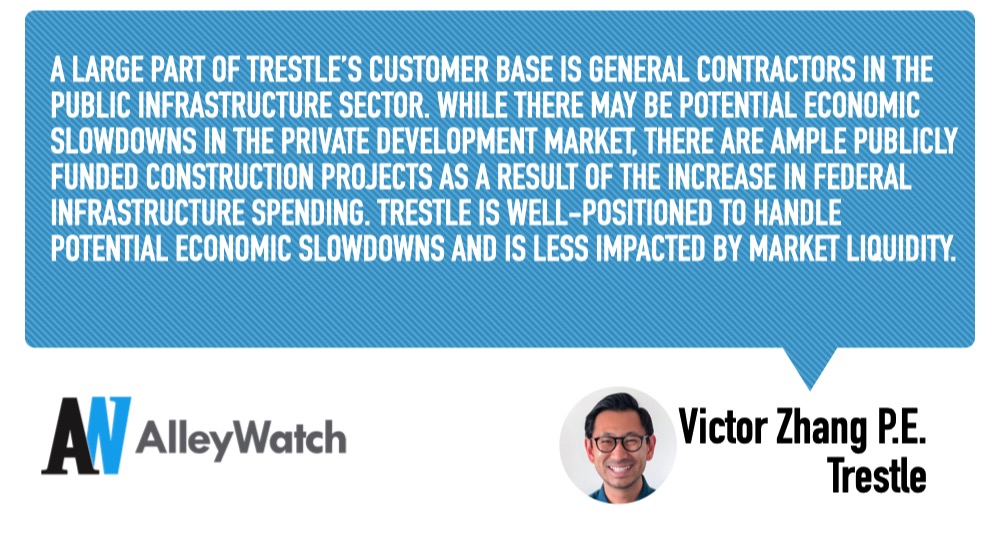How Prequalification Practices Impact Subcontractor Default Insurance


Although you try your best to assemble the perfect team for each project, you can’t control every subcontractor. Sometimes, your subcontractors default and you have to scramble to replace them. When this happens, you experience project delays and increase costs to your client. Your team may also end up redoing portions of the work over again. Experiencing a subcontractor default can damage your reputation and make it harder for you to get projects in the future. Fortunately, you can protect yourself with the right approach to subcontractor management.
What Is Subcontractor Default Insurance?
Subcontractor default insurance (SDI) is a type of supplemental insurance policy that protects you if a subcontractor defaults in the middle of a project. SDI is an agreement between you and your insurance provider, and only you can make a claim if your subcontractor defaults. SDI has been offered since 1995 and offers an option for smaller companies to protect themselves if they can’t afford a performance bond.
Performance bonds are agreements between the bond company, you, and your subcontractor. Unlike an SDI, the issuers of performance bonds assume you will complete a project on time and within budget. Therefore, it can be harder to collect payment from a performance bond. Surety companies usually investigate a claim before paying you as well, so you could be on the hook for losses incurred until you get paid on your claim.
Benefits of Subcontractor Default Insurance
SDI offers a wealth of potential benefits. Coverage amounts are not based on the contract amount, so you can potentially recuperate more money if your subcontractor defaults. Alternatively, since performance bonds involve three parties, you have to manage and negotiate your agreements, which is complicated and time-consuming.
SDI also covers more expenses than a performance bond, including extended overhead and liquidated damages. You may still end up having to get a performance bond for large projects, particularly if they are funded by public agencies. However, carrying SDI gives you an extra layer of protection and allows you to recover financially from a default faster than if you’re just relying on a bond.
Challenges of Subcontractor Default Insurance
Depending on your subcontractors, these policies can be expensive, particularly if you have to deal with multiple defaults. There are limits to what SDI covers, and you as the general contractor are responsible for determining whether a subcontractor has defaulted. You could open yourself up to scrutiny from your subcontractors.
Examine each project budget and weigh the costs associated with default before you purchase an SDI.
How Prequalification Fits Into the SDI Process
Prequalifying your subcontractors offers multiple benefits. For one, you can thoroughly vet each potential vendor before submitting on projects. Having time to check references and validate insurance coverage helps you build trustworthy teams who complete each project on time and under budget.
Prequalification also makes it easier for you to get subcontractor default insurance. Like health insurance, car insurance, and other insurance policies, your coverage levels and deductibles for SDI vary based on which subcontractors you’re putting on your policy.
When you apply for a policy, your insurance provider will evaluate each subcontractor you’re covering and assess their risk of default. If you’re working with subcontractors your provider finds risky, your premiums will likely be higher.
During the SDI process, your carrier may use various tools to assess each subcontractor. They will spend time gathering financial information, verifying past performance, and checking references. If you have a thorough prequalification process, you’re at less of a risk of issues popping up that impact your coverage. You also know that you’ve disclosed accurate information about all your subcontractors.
Benefits of Prequalifying Vendors
Being able to qualify for high-quality SDI is only one benefit of prequalifying your vendors.
Risk Management
An air-tight prequalification process lowers your risk of working with subcontractors who may default. You can check references, read reviews, and evaluate a company’s past performance before adding them to your database. You can also make sure each subcontractor is in a solid position financially, which reduces their risk of default.
Indemnification
Since your prequalified vendors are typically less risky to cover, you should have no problem getting SDI policies for everyone on your team. However, even the most trustworthy vendors could default on a project. When you have an SDI in place, you know you can recover your losses even if a prequalified vendor defaults. Not worrying about financial losses can reduce a stressful situation so you can focus on replacing the defaulted vendor and getting your project back on track.
Control
Prequalification gives you control over your selection process. You can set your own standards and weed out subcontractors whose work doesn’t align with yours. Your firm may have stricter standards for performance or financial stability, for example. Or you might want to work with vendors who can stay on time, under budget, and have the track record to prove it.
Improve the Prequalification Process for Better SDI Policies
While prequalifying vendors is smart, it is also time-consuming. You may be so wrapped up in active projects, you don’t have time to wade through a stack of vendor questionnaires and enter information into a database. Thankfully, process improvement is attainable using prequalification software to help you get a handle on subcontractor and prequalification management.
Prequalification software with artificial intelligence can evaluate hundreds of questionnaires and other forms, and extract data that makes it easy to compare vendors against one another. These tools will read each application and grade them, flagging issues so you know how each vendor stacks up.
You can have your software give you more detail on why a vendor didn’t meet your standards instead of just using a pass/fail system. For example, being able to go into detail helps you identify potential vendors who may be missing a license or insurance certificate, but whose work exceeds your standards. The top platforms will even notify each vendor why they didn’t meet your prequalification standards and what they can do to improve their application.
Some prequalification platforms also automate parts of the process. Set up your software to notify you when a vendor’s licenses, insurance, and other qualifications are outdated so you can follow up and update your records. Automate vendor follow-up and reference collection so you can focus on client work while your software vets each potential subcontractor. Use a system that flags submissions and alerts you when you need a deeper review.
Open Up Your SDI Options With Trestle
A robust prequalification process is easier with the right software. Outdated processes and manual paperwork opens you up to human error, which can impact your ability to get an affordable SDI policy.
Trestle prequalification software uses artificial intelligence to evaluate and compare your potential subcontractors. AI insights also monitor past and current performance, allowing you to identify trends that could impact your company in the future. Our solution can notify you if a subcontractor is trending in the wrong direction so you can handle the situation before the subcontractor defaults.
With our solution, you lower your risk of defaults. But if you need SDI to protect yourself just in case, our software helps you develop a prequalification process that gives you a database of reliable subcontractors.
Contact us today to learn how we can help you improve your prequalification process.
Keep Reading





